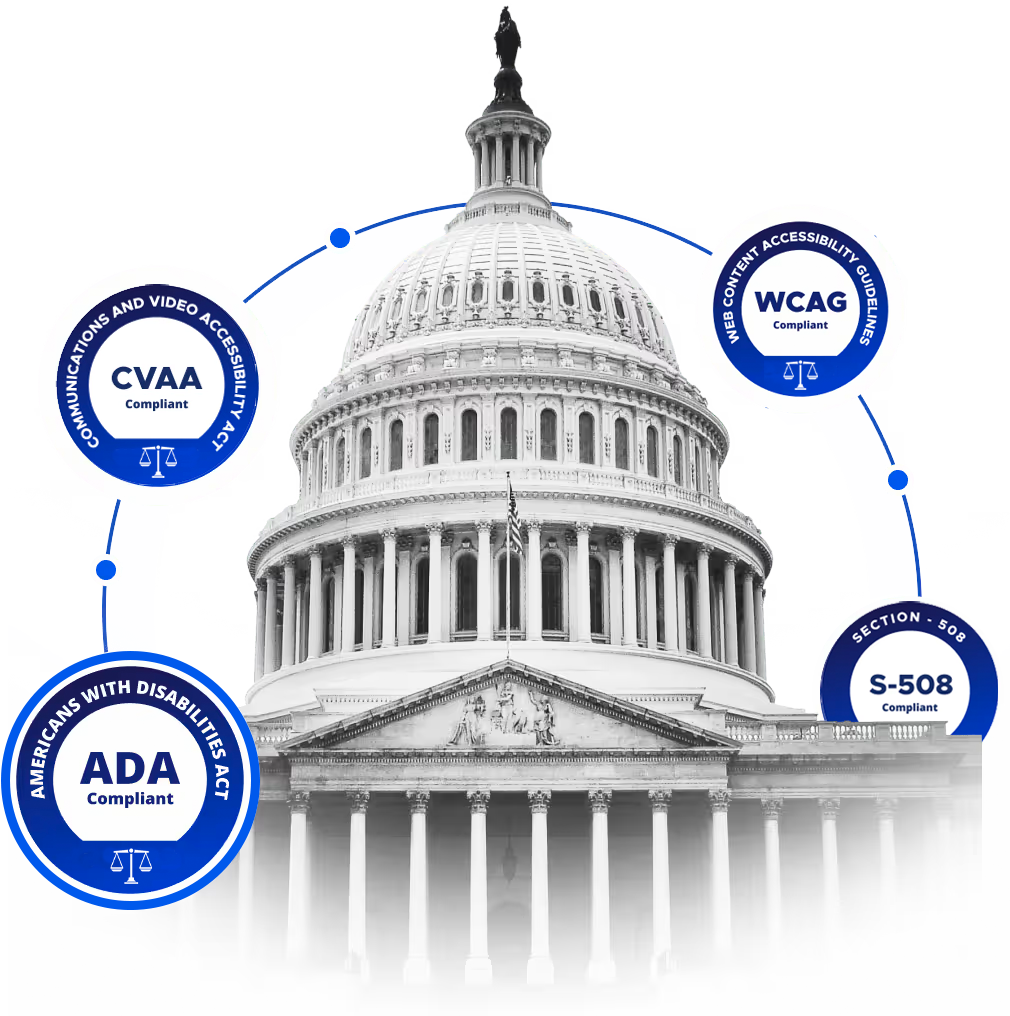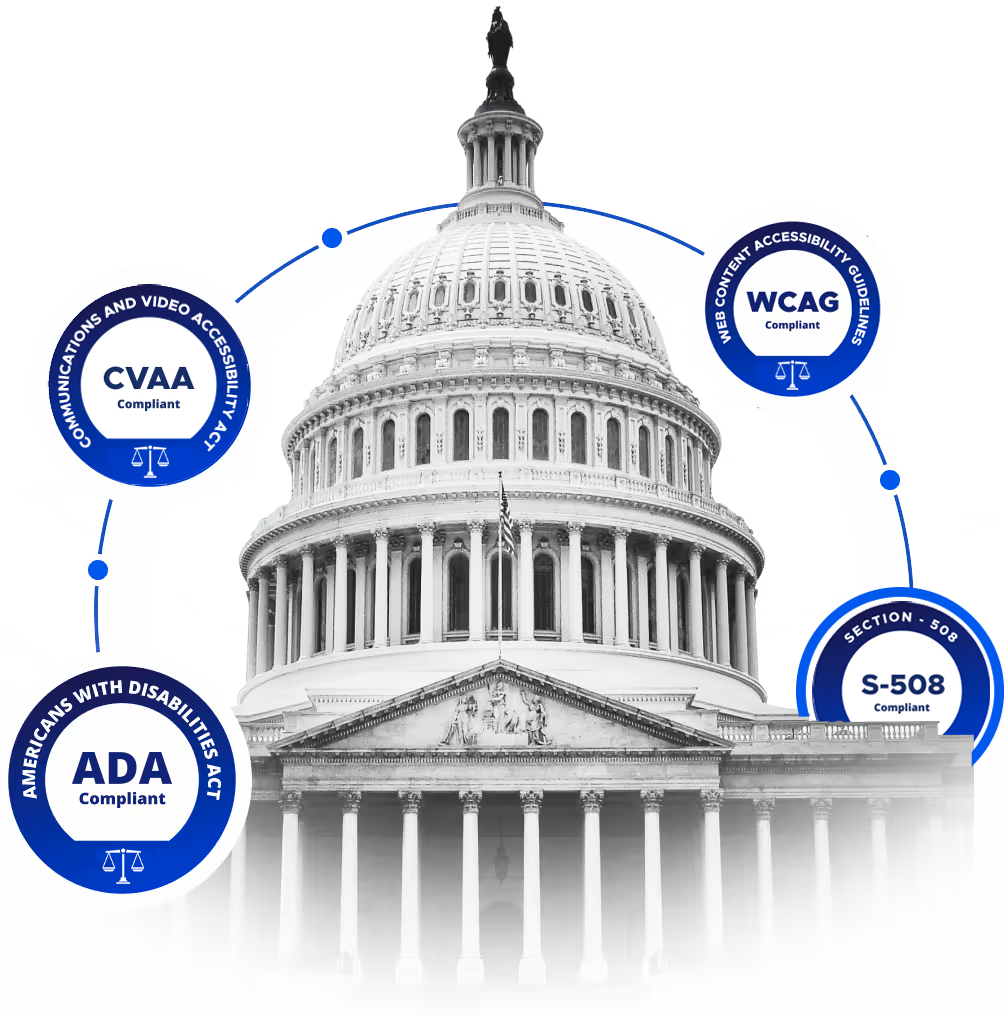Physical Barrier Compliance
Who does the ADA protect and what does it apply to?
 The Americans with Disabilities Act (ADA) of 1990 protects individuals with disabilities from physical barriers that impede access to public and private spaces. Title III of the ADA mandates that businesses remove architectural barriers when it is readily achievable. This law ensures that everyone, regardless of physical ability, has equal access to public accommodations such as stores, restaurants, and hotels.
The Americans with Disabilities Act (ADA) of 1990 protects individuals with disabilities from physical barriers that impede access to public and private spaces. Title III of the ADA mandates that businesses remove architectural barriers when it is readily achievable. This law ensures that everyone, regardless of physical ability, has equal access to public accommodations such as stores, restaurants, and hotels.
As an individual with a disability, the ADA protects your right to access public spaces without encountering physical barriers. Here’s how your rights are enforced:
-
Accessible Routes: You are entitled to accessible pathways, including ramps and wide doorways, ensuring you can navigate public spaces freely (ADA Standards §§ 206, 402, 405, 404.2.3).
-
Bathrooms: Restrooms must be designed for accessibility, with features like accessible stalls, sinks, and grab bars (ADA Standards §§ 603, 604).
-
Eating and Service Areas: You have the right to accessible seating and service counters in restaurants and similar establishments (ADA Standards §§ 226, 902). Additionally, under state laws like Missouri Code § 196.210 and Florida Statutes § 509.221, many establishments are required to provide public restrooms that comply with both state and ADA standards.
-
Parking: Accessible parking spaces must be available, properly marked, and include access aisles for easy entry and exit (ADA Standards §§ 208, 502).
-
Signage: Clear and accessible signage must guide you to accessible routes, entrances, and facilities, including tactile signs for individuals with visual impairments (ADA Standards §§ 216, 703).
Our firm is dedicated to ensuring your rights are fully enforced. We take legal action to remove barriers and ensure compliance with both federal and state laws. Whether through negotiation or litigation, we work tirelessly to secure your right to full access in public spaces.
What did the 1991 ADA Standard establish?
 The 1991 ADA set Standards for Accessible Design and established the initial guidelines for making public spaces accessible to individuals with disabilities. These standards cover a wide range of architectural features, including ramps, doorways, and restrooms, to ensure that newly constructed or altered facilities meet accessibility requirements. These standards laid the groundwork for the more comprehensive 2010 ADA Standards that followed.
The 1991 ADA set Standards for Accessible Design and established the initial guidelines for making public spaces accessible to individuals with disabilities. These standards cover a wide range of architectural features, including ramps, doorways, and restrooms, to ensure that newly constructed or altered facilities meet accessibility requirements. These standards laid the groundwork for the more comprehensive 2010 ADA Standards that followed.
What did the 2010 ADA Standard establish?
 The 2010 ADA established Standards for Accessible Design set the minimum requirements for the accessibility of facilities and buildings. These standards ensure that new constructions and alterations are accessible to people with disabilities. The guidelines cover various aspects of design, including ramps, entrances, bathrooms, and parking spaces, making public accommodations more inclusive.
The 2010 ADA established Standards for Accessible Design set the minimum requirements for the accessibility of facilities and buildings. These standards ensure that new constructions and alterations are accessible to people with disabilities. The guidelines cover various aspects of design, including ramps, entrances, bathrooms, and parking spaces, making public accommodations more inclusive.
What is the Fair Housing Act and who does it protect?
 The Fair Housing Act (FHA) prohibits discrimination in housing based on disability. It requires that multifamily housing with four or more units be accessible to people with disabilities. The FHA’s design and construction requirements ensure that new residential buildings include features like accessible entrances, wide doorways, and accessible routes throughout the building.
The Fair Housing Act (FHA) prohibits discrimination in housing based on disability. It requires that multifamily housing with four or more units be accessible to people with disabilities. The FHA’s design and construction requirements ensure that new residential buildings include features like accessible entrances, wide doorways, and accessible routes throughout the building.

A dedicated and aggressive
disability law practice.
Contact Info
Kansas City Main Office
4700 Belleview Ave
Suite 100C
Kansas City, Missouri 64112
St. Joseph Satellite Office
(By Appointment Only ~ No Walk-ins)
4221 Mitchell Ave
Suite 2C-1
Saint Joseph, Missouri 64507
Useful Links
Copyright ©2024 ADA Legal Team, LLC. All Rights Reserved.
The choice of a lawyer is an important decision and should not solely be based off advertisement.
